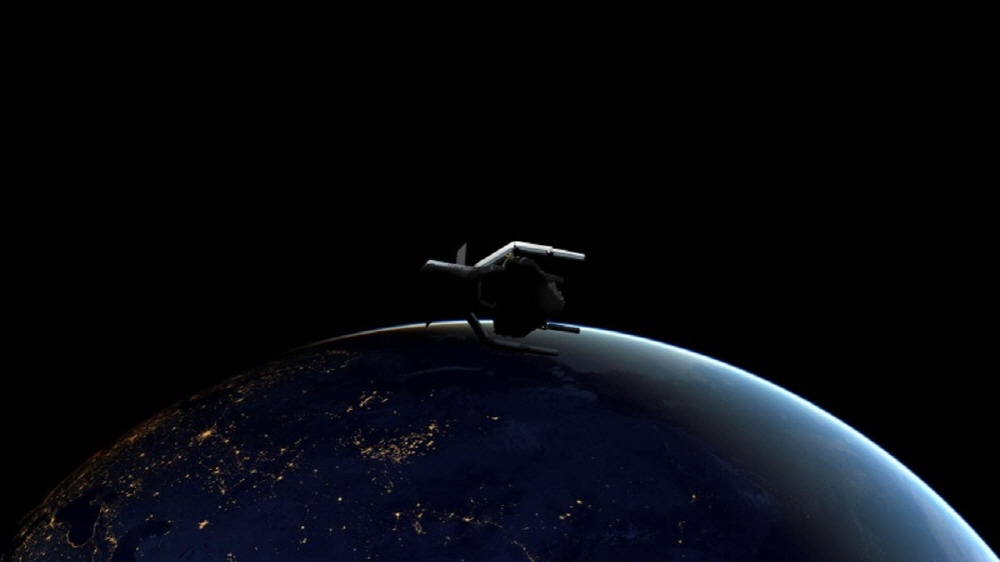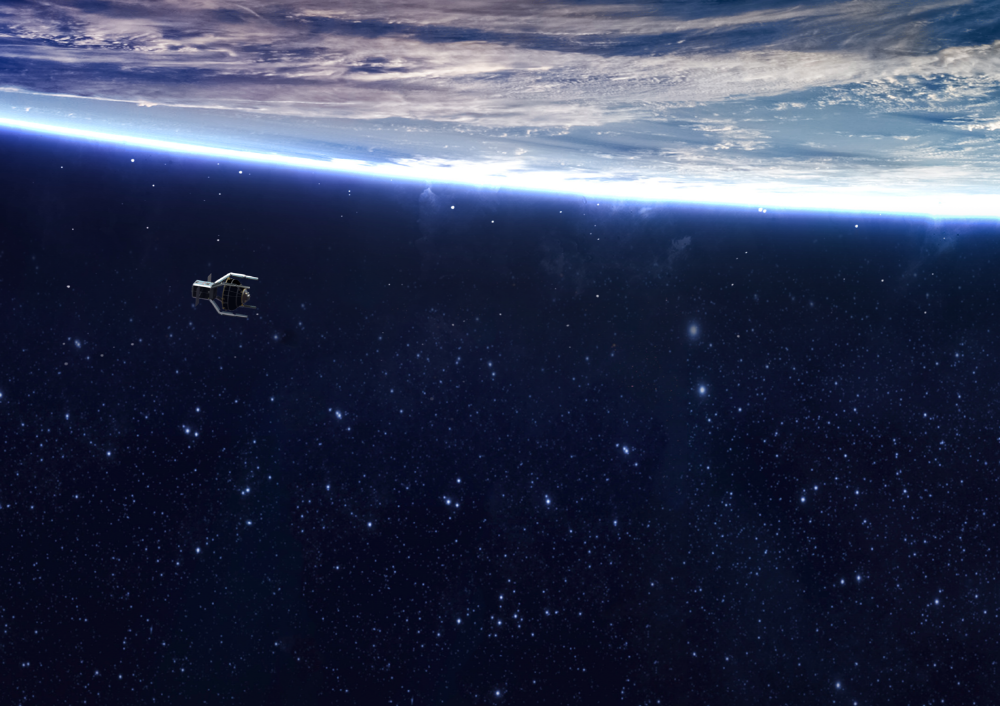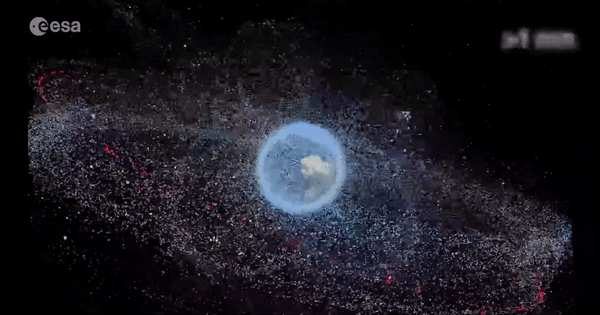
The European Space Agency’s ESA has announced its mission to remove space debris. It is a mission to remove space garbage as a group in orbit.
The outer space around the Earth is now filled with garbage, as humans have launched numerous satellites in low orbit. Most of this space debris collided with other debris, causing more than 120 million small pieces to fly around the earth at a speed of 17,500 miles per hour. It is pointed out that such debris could pose a danger to active satellites and space missions. The mission is scheduled for launch in 2025 and will show that space debris can be removed from orbit.

ESA said it had agreed to a mission contract at the Space19+ meeting in November. This mission was undertaken by the Swiss startup ClearSpace, founded by a research team at the Federal University of Technology Lausanne. The mission spacecraft ClearSpace-1 is first launched at 500 km above the ground for testing. Afterwards, it will be on a higher orbit and secure the upper stage of the 100kg Vespa.Vega Secondary Payload Adapter left on orbit by ESA in 2013 using four robotic arms. After picking up the trash, the spacecraft slows down and ignites the atmosphere to get out of orbit.

Of course, collecting space debris does not alleviate this problem. However, if the Clearspace-1 mission is successful, it is expected that the possibility of recovering space waste that is difficult to recover will increase. Space junk is one of the problems that worsens every time humans launch a rocket into space. According to a 1978 paper, a collision between rubbish increased the likelihood of another collision, and eventually led to the theory of creating a ring of space rubbish around the Earth. In the case of another project, the RemoveDEBRIS project, a sweeping satellite is sent to space to capture 10cm of space debris with a harpoon. The project was finalized in March.
Space debris has risen to a level that can interfere with astronomical observations, and it is clear that humans’ impact on low orbit until the launch of a communication satellite is significant. Interest is focused on whether an attempt like this could help eliminate space debris. Related information can be found here .


















Add comment